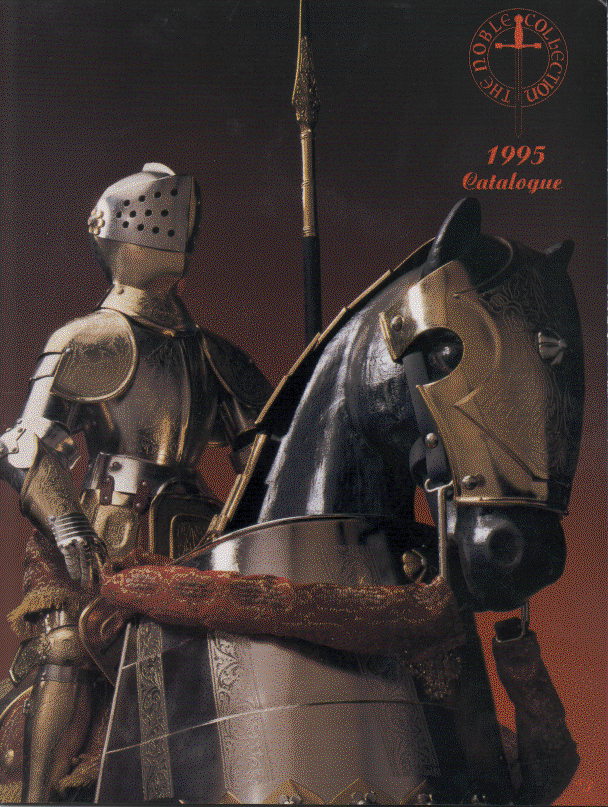MEDIEVAL KNIGHTS - THE LIFE OF THE PAGEThe life of a castle Page would start at a very young age - seven years old. A Page was junior to a Squire. It was the duty of a Page to wait at table, care for the Lord's clothes and assist them in dressing. The Page was provided with a uniform of the colours and livery of the Lord. These young boys received an education and were taught religion, manners, riding, hunting, hawking and strategic games such as backgammon and chess. A Page would start to acquire the skills required of a Knight by practising the skills of tilting a lance. A target was erected and the Page would mount a wooden 'horse' on wheels holding a lance. The wooden horse would be pulled along by two other pages towards the target and the page would aim the lance. Sword play was practised using wooden swords and shields. Fighting on piggyback introduced the young knights to the balance and skills required in mounted combat.
MEDIEVAL KNIGHTS - LIFE OF THE SQUIREThe life of a Squire (also called Esquire) would start as a teenager, usually fourteen years of age. A Squire was junior to a Knight. It was the duty of a Squire to learn about Chivalry, the rules of Heraldry, horsemanship and practise the use of weapons and the skills required of a Knight. It was also their duty to enter into the social life of the castle and learn courtly etiquette, jousting, music and dancing. The Squire served in this role for seven years and became a Knight at the age of twenty-one. Sometimes knighthood was conferred earlier as the reward for bravery on the battlefield. In time of war Squires accompanied Knights on the battlefield, leading and tending the horses and dressing them in the Medieval Knights Armor. They came under fire from arrows and many were killed doing their duty.
MEDIEVAL KNIGHTS - KNIGHTHOODAfter serving as a Squire for seven years a young warrior would make a formal entry into Knighthood. The entry into Knighthood was highly ritualised which started with a Night Vigil in the Chapel of the Castle:
- The Squire prepared for the vigil by ritual bathing - his body was thoroughly cleansed as a symbol of purification
- Medieval Knights wore a white vesture to symbolise purity covered by a red robe which symbolised nobility
- The shoes and hose of Medieval Knights were black which symbolised death
- A sword and shield was placed on the altar
- Medieval Knights knelt or stood at the Chapel altar, in silent prayer, for ten hours
- In the morning he was joined by others to hear Mass and a lengthy sermon on the duties of a knight
- A sponsor took possession of the sword and shield which had been blessed by the priest
- The sword and shield was passed to the lord who was to conduct the knighthood ceremony
- The Medieval Knights were presented to the lord by two sponsors in a Public ceremony
- The Medieval Knights swore an oath of allegiance to the lord and swore the following oaths:
- Never traffic with traitors
- Never give evil counsel to a lady, whether married or not; he must treat her with great respect and defend her against all
- To observe fasts and abstinences, and every day hear Mass and make an offering in Church
- The lord presented the sword & shield and 'Dubbed' the squire who was pronounced a Knight
- 'Dubbing' was a blow struck with the flat of the hand or the side of the sword and was regarded as an essential act of the knighting ceremony
- The sponsors then put spurs on the Medieval Knights and his sword was girded on
- Music and a Fanfare would accompany and celebrate the Knighthood
- The celebrations would continue with a feast and tournament in honour of the Medieval Knights
MEDIEVAL KNIGHTS - THE LIFE OF THE KNIGHTIt was the duty of a Knight to learn how to fight and so serve their Lord according to the Code of Chivalry. The Code of Chivalry dictated that a Knight should be brave and fearless in battle but would also exhibit cultured Knightly qualities showing themselves to be devout, courteous and generous. Weapon practise included enhancing skills in the two-handed sword, battle axe, mace, dagger and lance. A Knight would be expected to guard the Castle and support his liege lord in Medieval warfare.

No comments:
Post a Comment